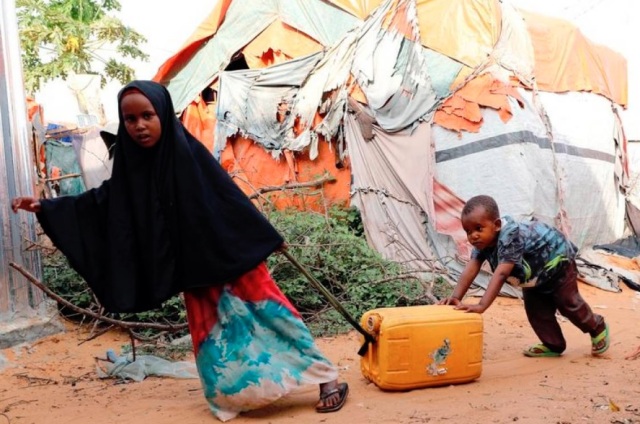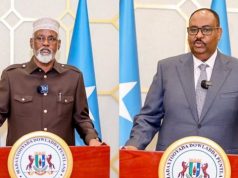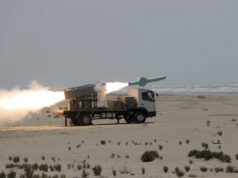
Summary of Humanitarian Needs
Somalia is a complex political, security and development environment, and much of its recent past has been marked by recurrent humanitarian needs linked to climatic shocks, conflict and violence. With most Somalis being dependent on agriculture, forestry and fisheries, climate-related changes leading to disrupting weather phenomena such as drought and floods, significantly affect their lives.
The humanitarian situation in Somalia remains fragile due to the impact of the prolonged 2016-2017 drought, poor 2018 Deyr rains (October-December), unusually hot and dry conditions during the 2019 Jilaal season (December-March), and erratic and abnormal performance of 2019 Gu’ rains (April-June). While this analysis is being finalized, 540,000 people have been affected and 370,000 displaced by riverine and flash flooding in Middle and Lower Juba, Bay, Lower and Middle Shabelle, and Hiraan regions. Climatic shocks, combined with other persistent drivers of needs such as armed conflict, protracted and continued displacement, have left around five million Somalis in need of humanitarian assistance.
According to the 2019 Post-Gu’ assessment results, cereal production was up to 70 per cent below average in southern Somalia for the Gu’’ 2019 cropping season. The resulting shortfall is linked to abnormally high prices of sorghum observed throughout the season. The situation is likely to worsen in conflict-affected areas where people are displaced from their land, or facing illegal taxation, reducing incentives for agricultural production. The results indicate that, in the absence of humanitarian assistance, up to 2.1 million people across Somalia face severe hunger through December 2019, bringing the total number of Somalis expected to be food insecure by year’s end to 6.3 million.
Huge food and nutrition gaps remain mainly among poor agro-pastoral, marginalized and displaced communities where many vulnerable people have been pushed into the most severe food and nutrition insecurity phases. While the number of people in need of nutrition-related assistance is higher among host communities, the prevalence of severe acute malnutrition among children is increasing, mainly among IDPs, with preliminary results indicating that 10 out of 33 population groups surveyed had critical levels of acute malnutrition (i.e. global acute malnutrition exceeding 15 per cent). Without a response, it is estimated that one million children will be acutely malnourished, including 180,000 children with severe acute malnutrition from July 2019 to June 2020.
This, coupled with a serious lack of access to clean water and sanitation, is heightening the risk of outbreaks of water-borne diseases exacerbating existing fragilities, especially where health services are too few and/or too distant (23 per cent of non-displaced and 35 per cent of IDPs do not have access to a health care facility). Inadequate access to water and sanitation is also one of the major factors leading children to abandon school.
Serious protection concerns and rights violations persist in Somalia, putting civilian lives at risk, forcing many to flee, exposing them to multiple risks while displaced, and impeding the effective implementation of durable solutions. Many of these protection concerns stem from negative and hazardous coping mechanisms applied by destitute and severely food insecure families such as early marriage, family separation, voluntary child recruitment, child labour and hazardous adult labour.
Rights violations and abuses, such as gender-based violence (GBV), including sexual, child recruitment, attacks on civilian areas and infrastructure and forced displacement remain pervasive features of the protection crisis in Somalia. Certain groups and individuals such as women, children, people with disabilities, older persons and members of marginalized communities are at particular risk of violence, exploitation, exclusion and discrimination. Limitations on access to reporting mechanisms among affected populations, due to social exclusion and marginalization, including gender discrimination, heightens the vulnerability of the affected populations to sexual exploitation and abuse (SEA)……..







